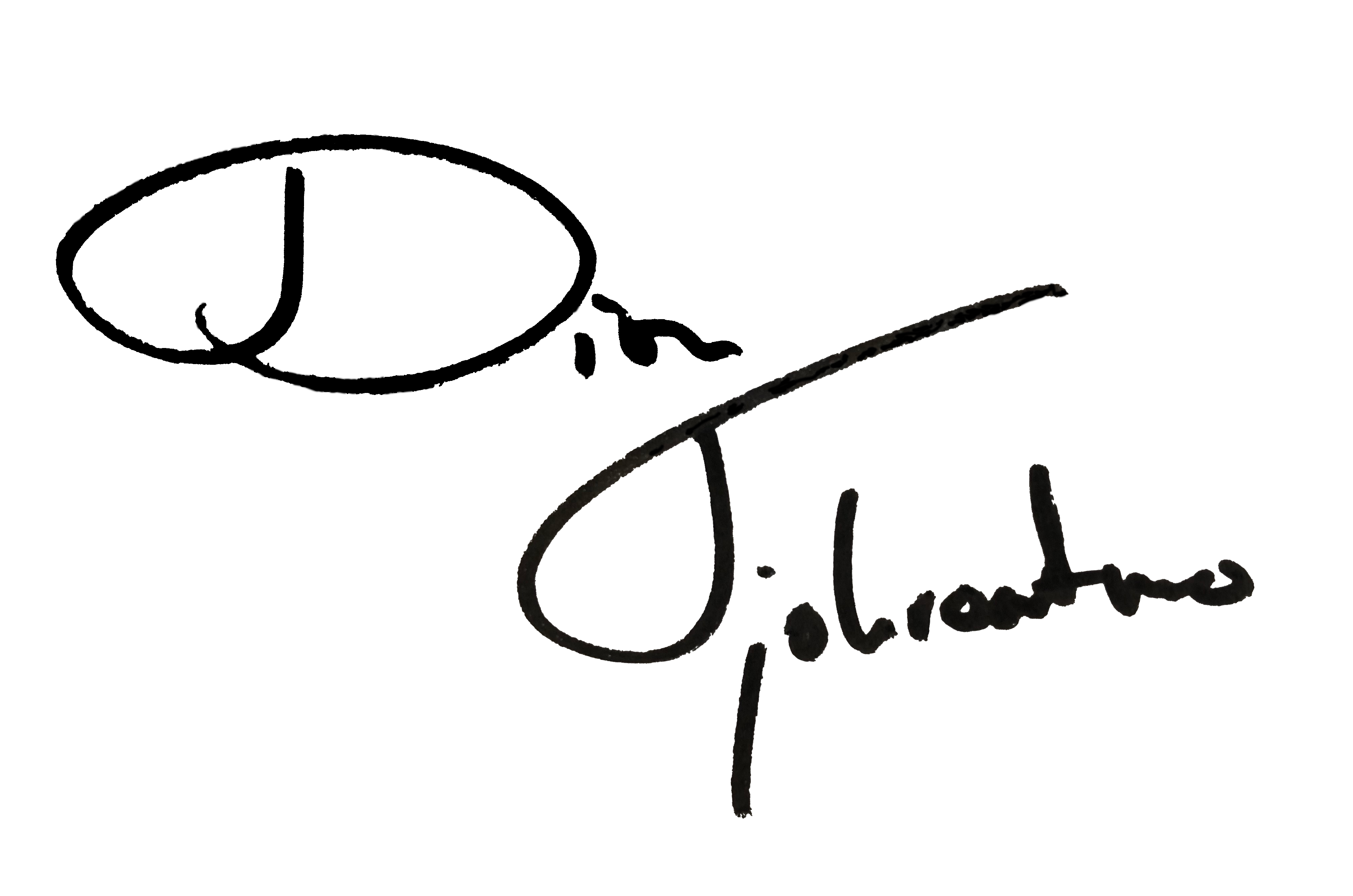Project name: “INTERACTIVE CERAMICS: An Explorative Research Aiming to Discover the Possibilities of Off-the-Shelf Electronics and Porcelain in the Field of HCI”
Expertise Areas: CA / TR / US / BE / MDC
Project description
Ceramics is a material which is not commonly used in Interaction Design (Hayes and Hogan, 2020). This Final Master Project explores the combination of electronic components and ceramics. During the first phase of the project, a broad exploration was done using various sensors and actuators, and implementing them in ceramic tiles. These tiles were then evaluated by a panel of experts from different fields. Based on the evaluation, a haptic ceramic user interface (Shaer and Hornecker, 2010) was created which uses the inherent qualities of the material. The interface was then evaluated using the User Experience Questionnaire (Laugwitz and Schrepp, 2008).
There were several conclusions from this research. Components which played into the inherent qualities of the material were preferred over the ones that did not. Furthermore, high affordance tiles were preferred over flat tils. The static nature of ceramics makes it difficult to give feedback or feedforward to the user, using sound or light to do so seems promising. When it comes to the user experience, the ceramic elevated the visual and aesthetic qualities of the interface. However, its functionality was perceived as neutral to slightly negative.
Reflection
This Final Master Project was a great combination of all the learning activities and courses that I have done throughout my Masters, but it also allowed me to develop new skills.
This was my first time using a Studio approach (Goveia de Rocha et al., 2022). I really liked how the making would generate knowledge and the samples could be evaluated afterwards, allowing me to use my own experience and vision together with others to generate knowledge from multiple perspectives.
Furthermore, hands-on skills were greatly improved. I improved my clay manipulating skills and I created several functioning electronic systems on my own (with the help of ChatGPT). Right now, I have a basic understanding regarding hardware, something that greatly adds to my skills as an interaction designer.
My evaluation skills have also been improved. Involving experts during my process was new and turned out valuable. Furthermore, the User Experience Questionnaire gave me insights regarding the experience, but also allowed me to gather data through a quantitative method. Still, I think qualitative methods have my preference, but I do see the importance of quantitative data gathering from an experience perspective.
The interviews also made me curious on how to implement my designs “in the real world”, touching upon the business side of things. Previously,I wanted to create passion projects which are usually driven by intrinsic motivation, but I genuinely feel that this concept is promising for ceramicists and interior designers.



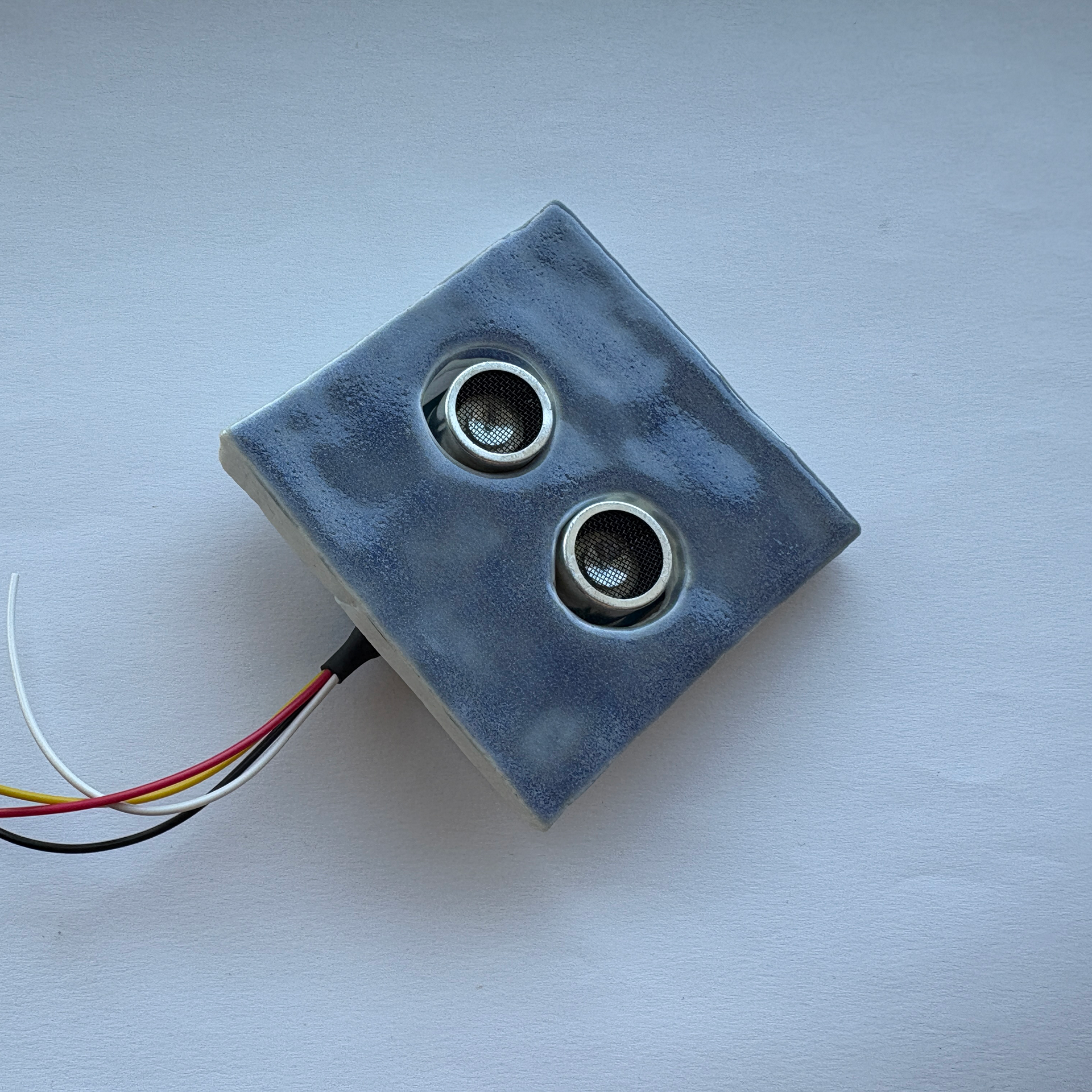
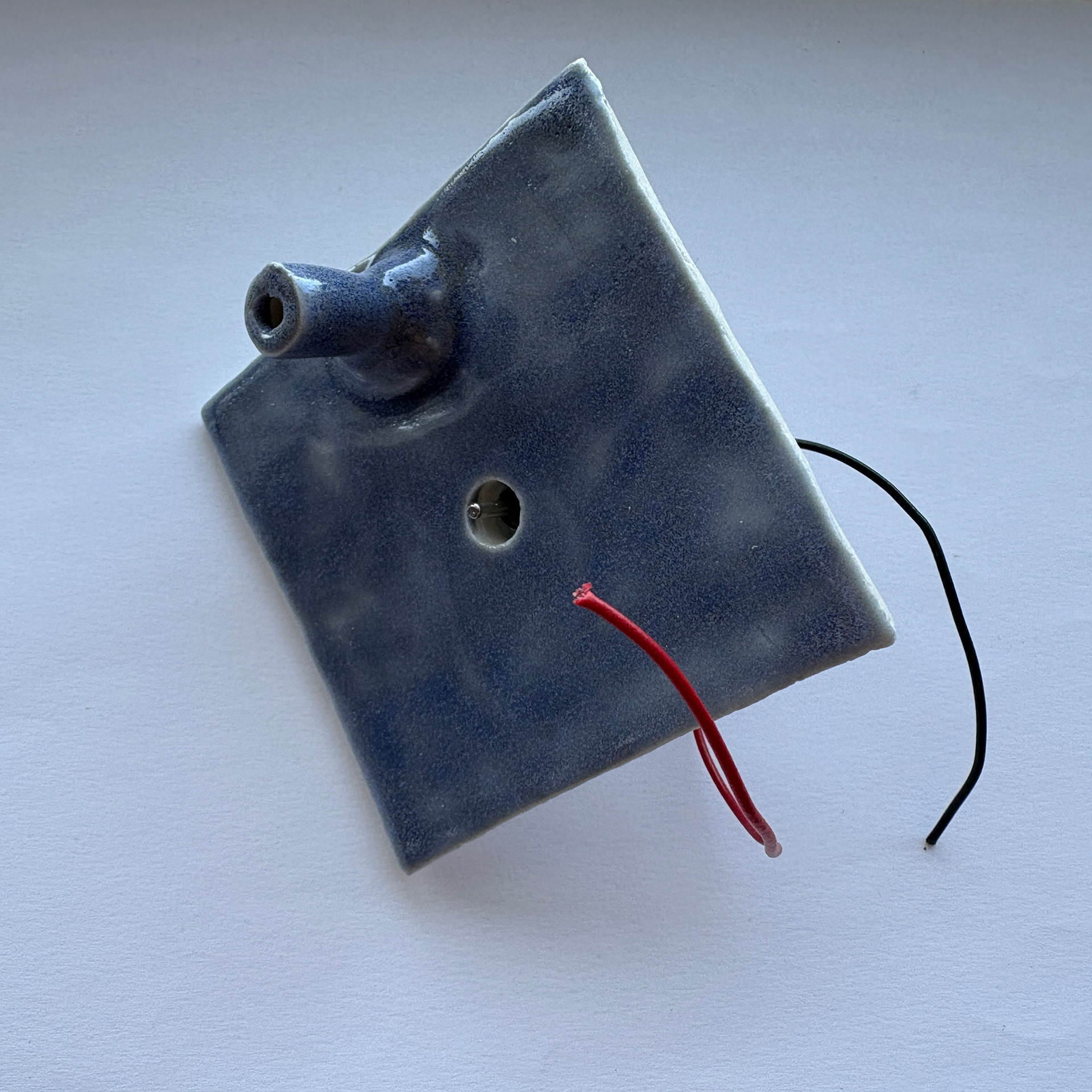
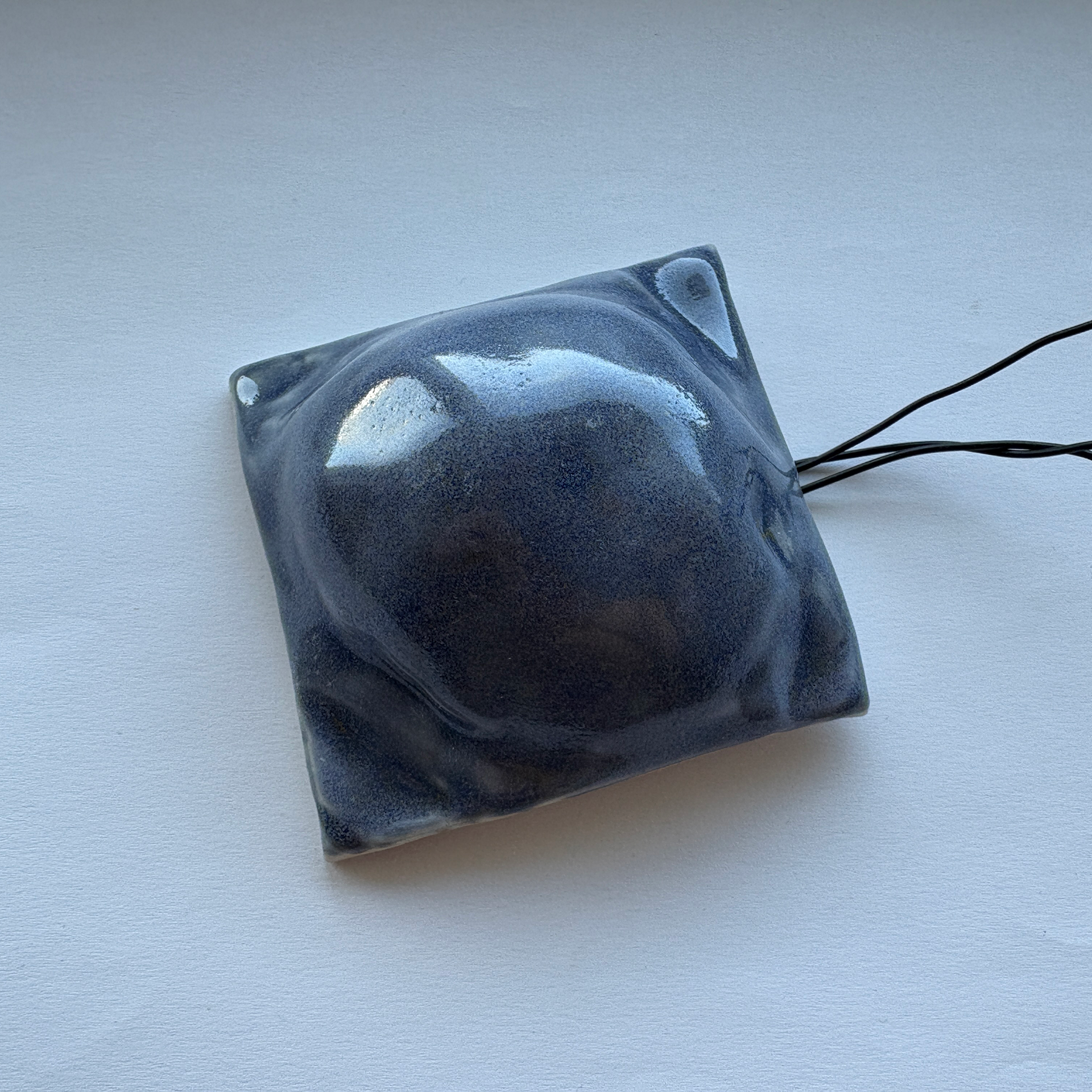
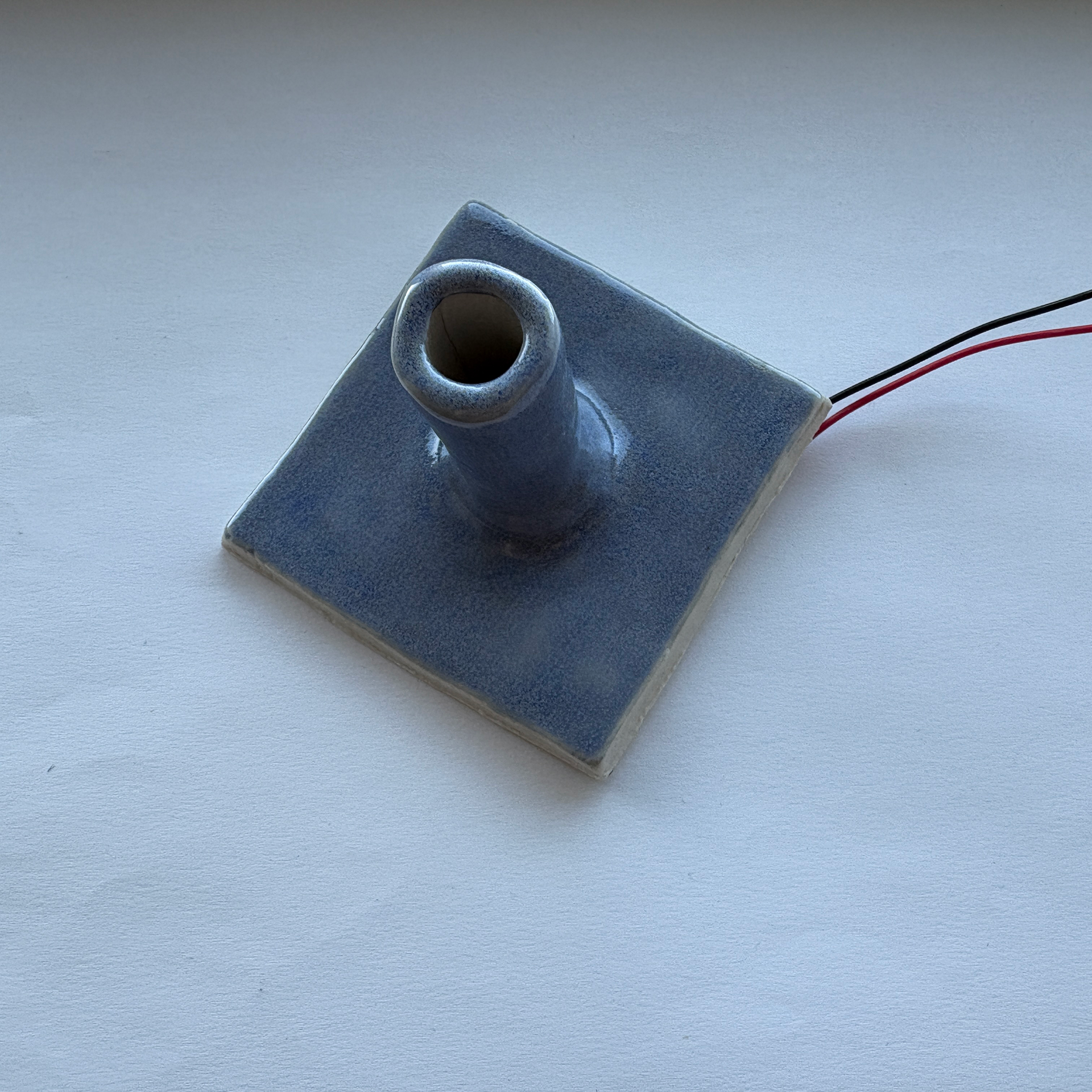
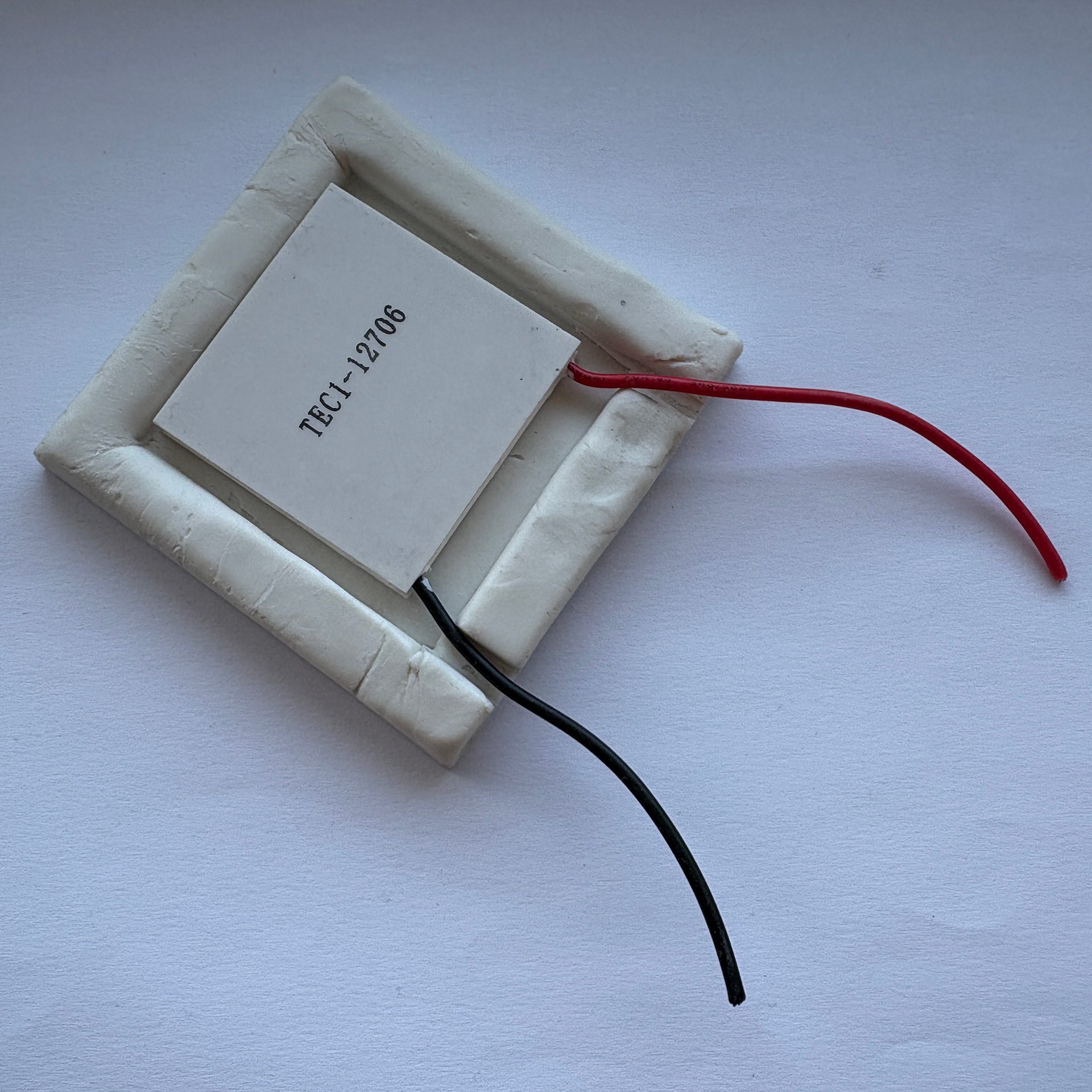
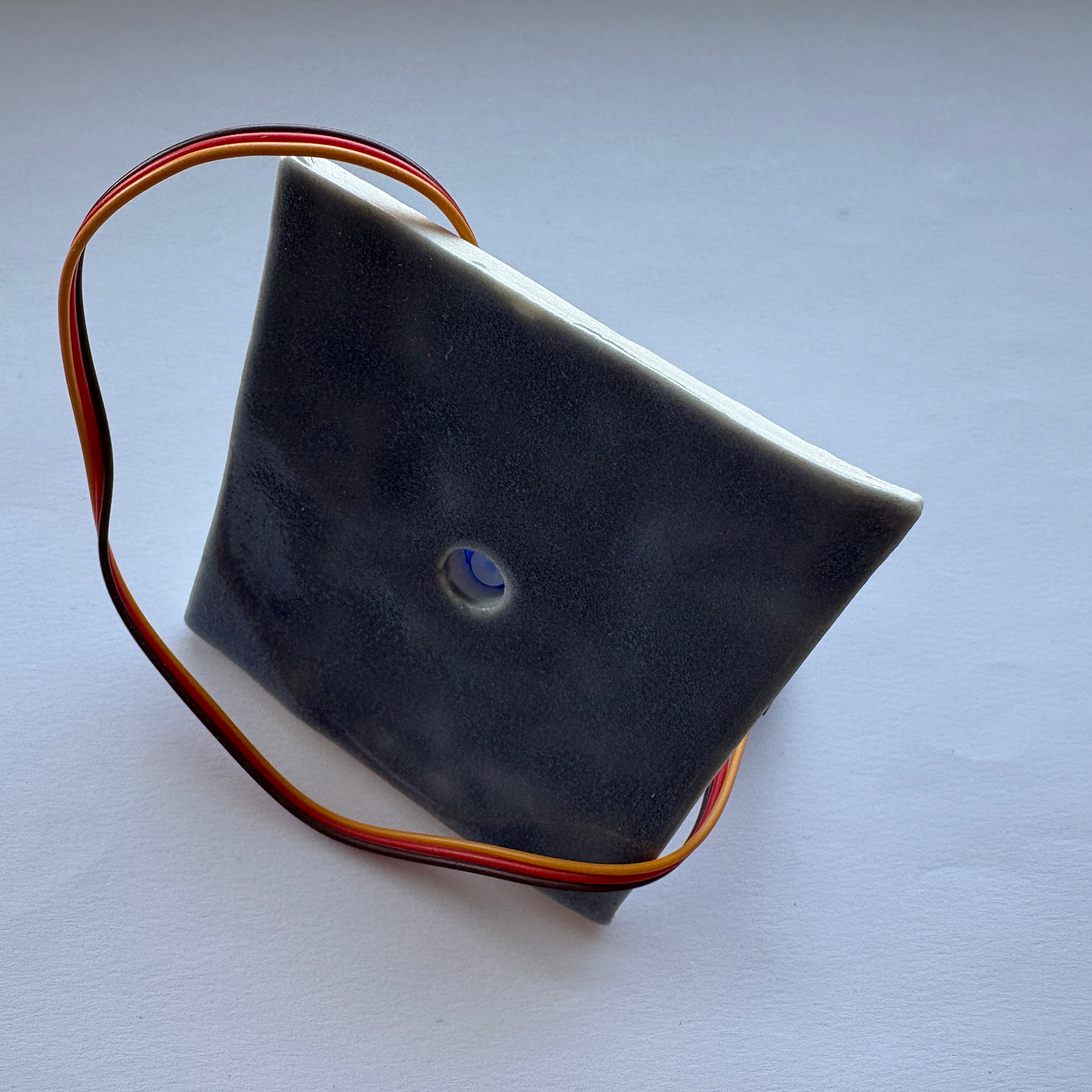
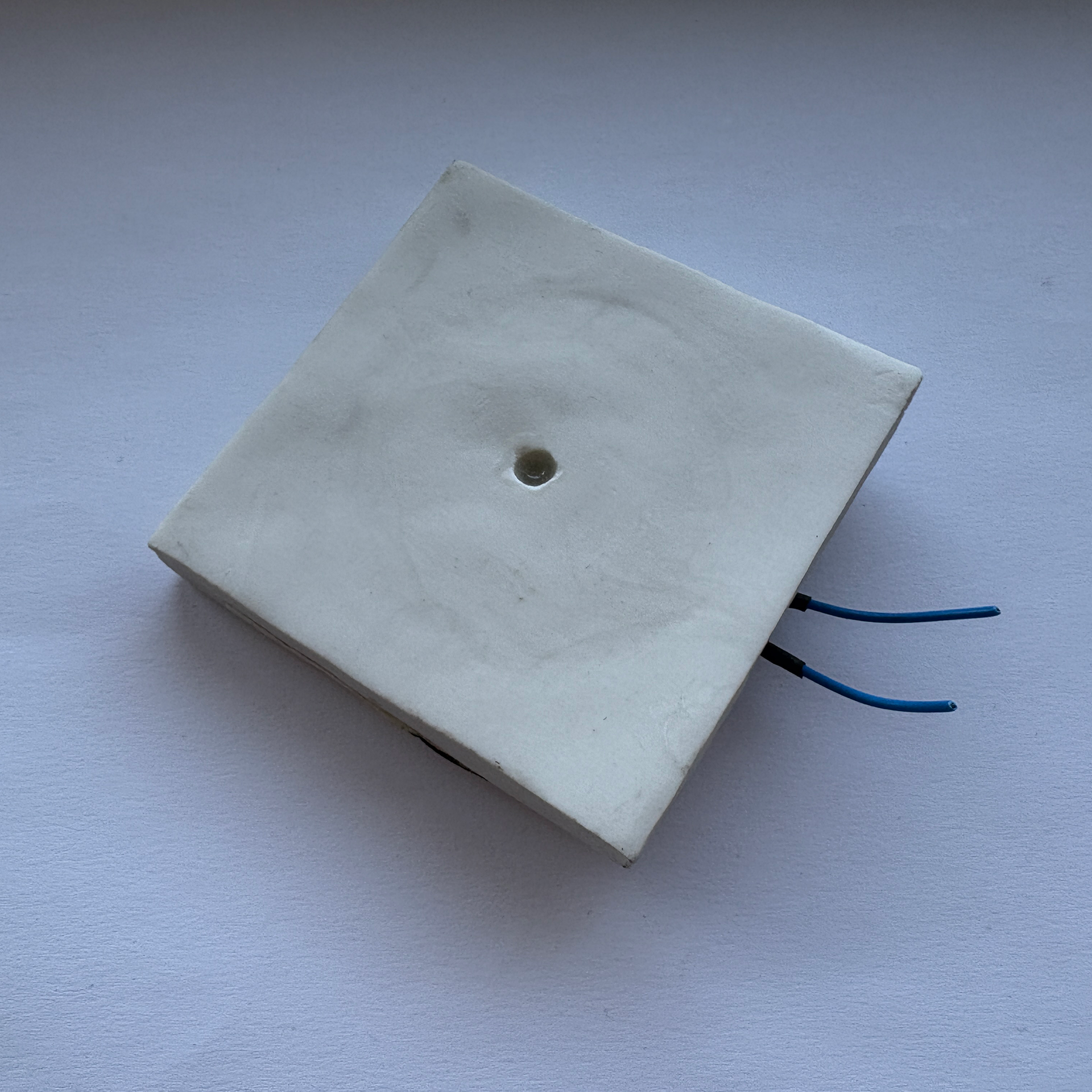
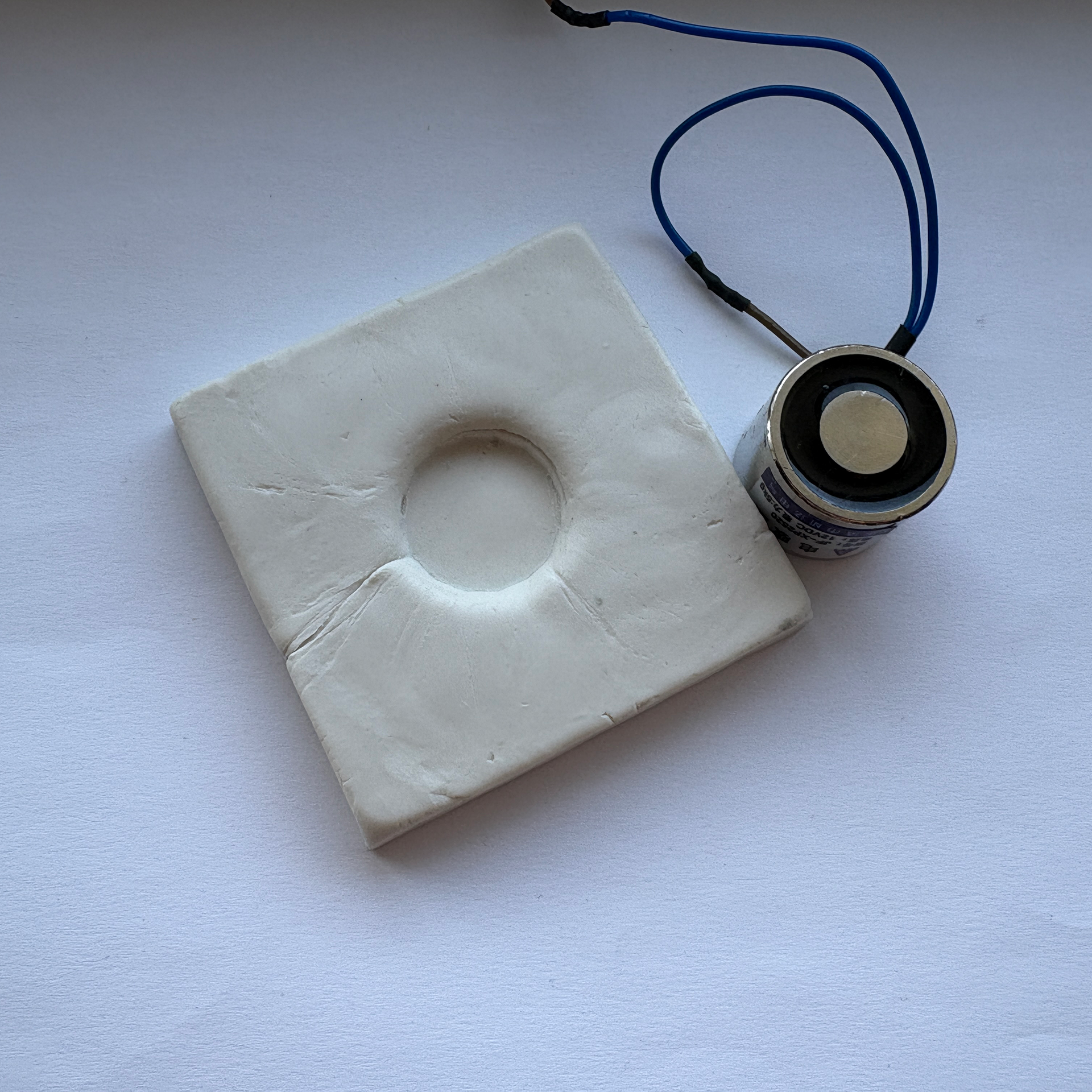
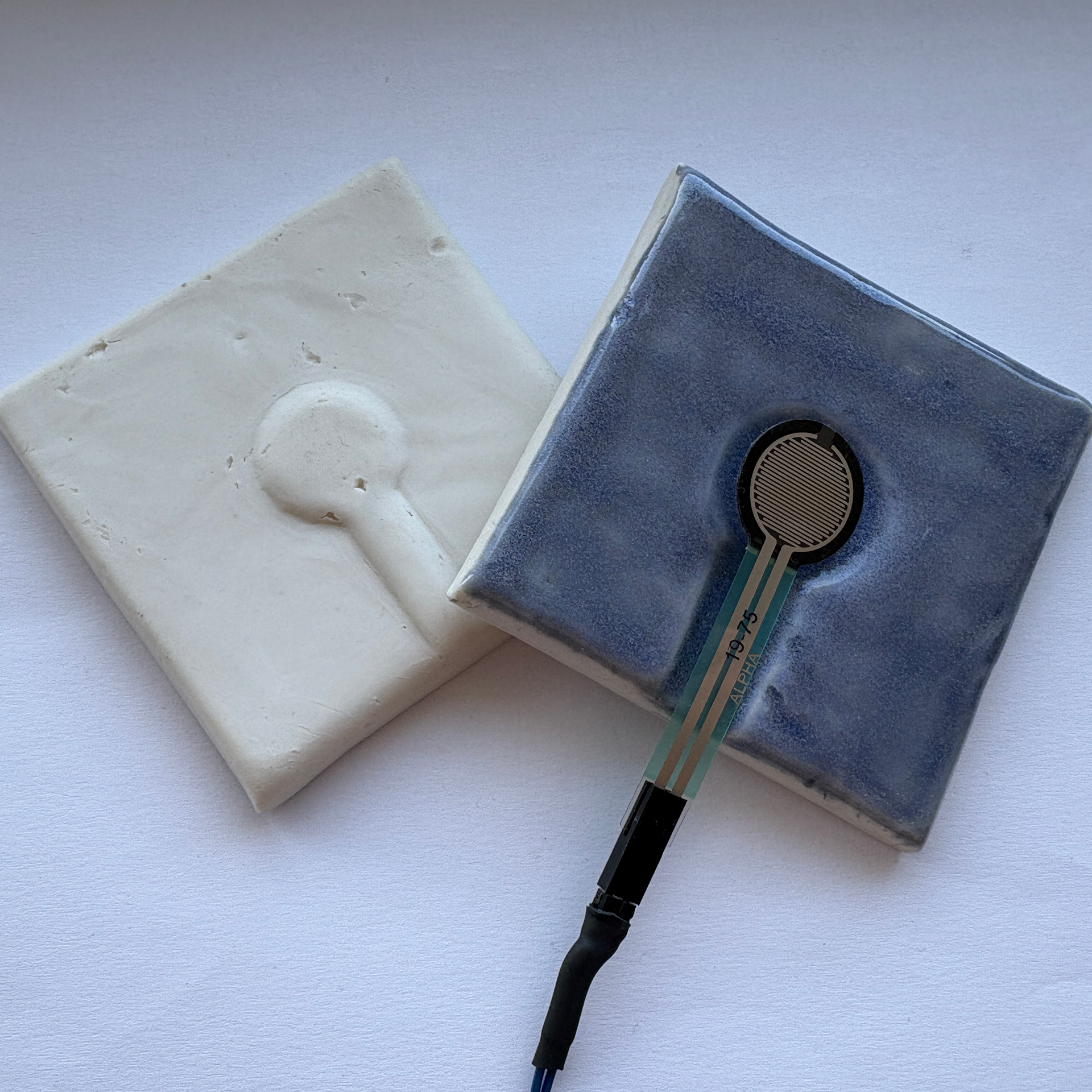
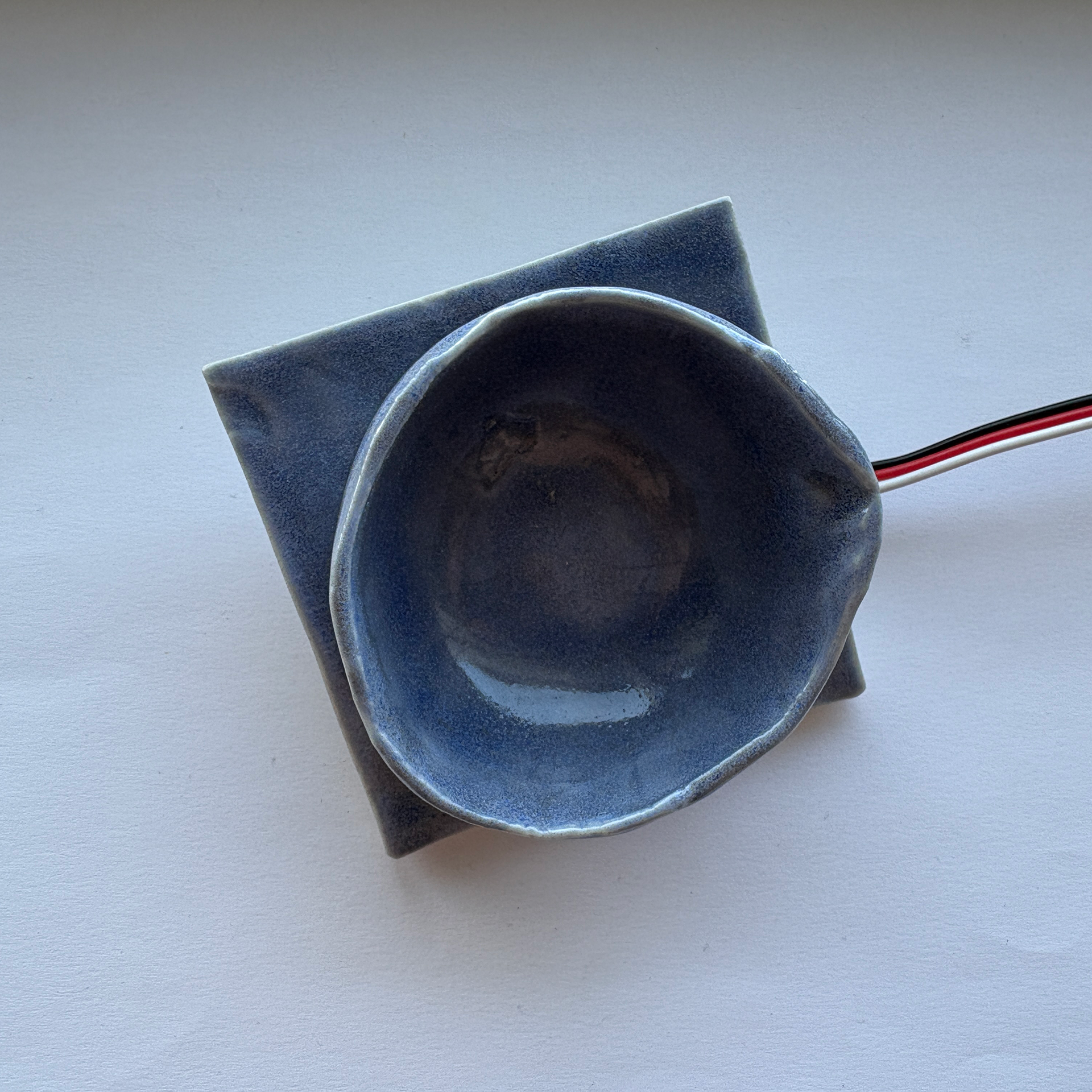
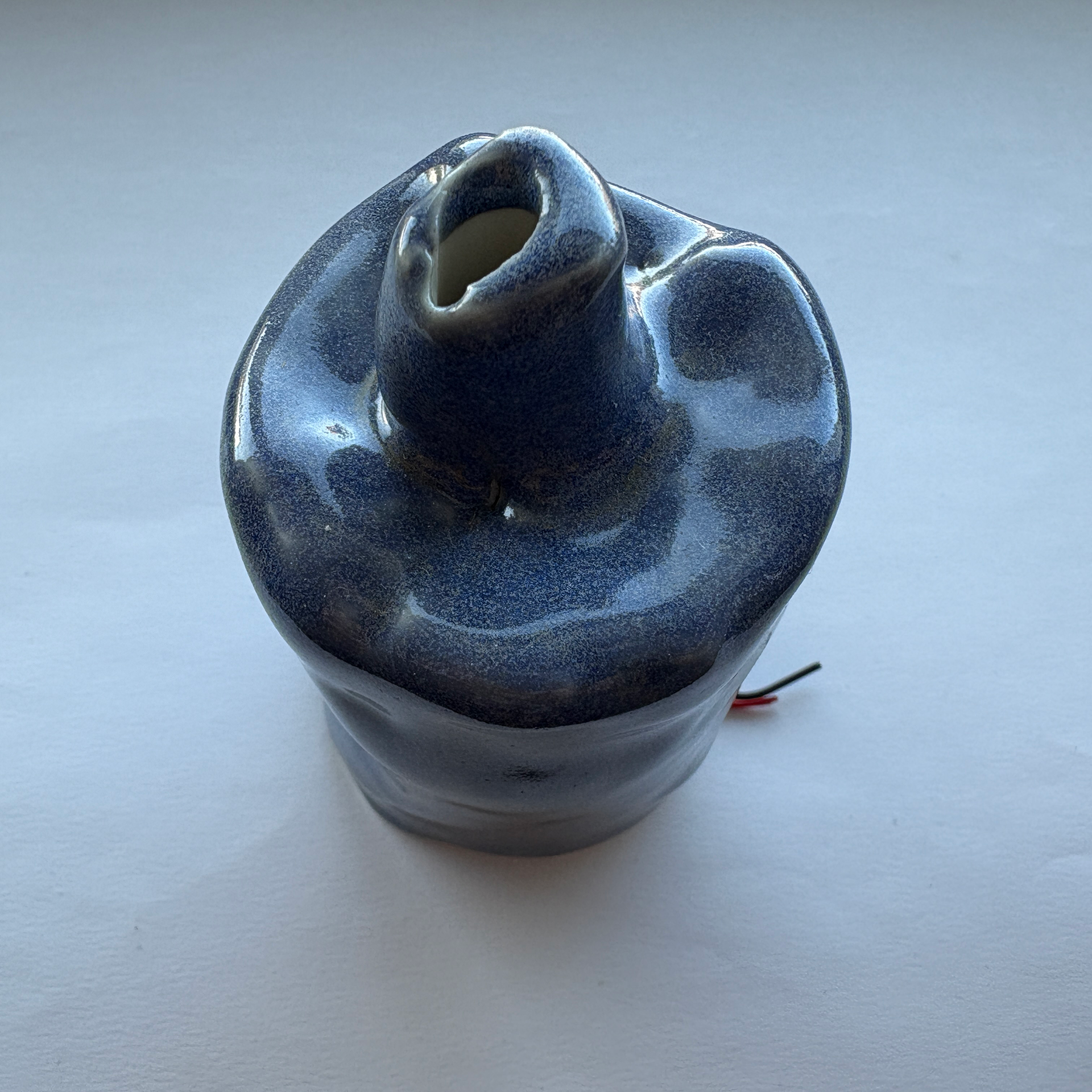
Hayes, S., Hogan. T. 2020. Towards a Material Landscape of TUIs, Through the Lens of the TEI Proceedings 2008-2019. In Proceedings of the Fourteenth International Conference on
Tangible, Embedded, and Embodied Interaction (Sydney NSW, Australia) (TEI ’20) https://dl.acm.org/doi/abs/10.1145/3374920.3374944?casa_token=DAoZfpe0XqgAAAAA:82Hy63aSo_
u36hkZyNtFBjM9r21rCwGSXt5p6dPhV_0XWdocMDq2QNxKBNRZcuXUMltuYcRCIrZBPw
Tangible, Embedded, and Embodied Interaction (Sydney NSW, Australia) (TEI ’20) https://dl.acm.org/doi/abs/10.1145/3374920.3374944?casa_token=DAoZfpe0XqgAAAAA:82Hy63aSo_
u36hkZyNtFBjM9r21rCwGSXt5p6dPhV_0XWdocMDq2QNxKBNRZcuXUMltuYcRCIrZBPw
Shaer, O. and Eva Hornecker (2010). Tangible User Interfaces: Past, Present, and Future Directions. Foundations And Trends® in Human–
Computer Interaction, 3(1–2), 1–137. https://doi.org/10.1561/1100000026
Computer Interaction, 3(1–2), 1–137. https://doi.org/10.1561/1100000026
Laugwitz, B., Held, T., & Schrepp, M. (2008). Construction and Evaluation of a User Experience Questionnaire. In Lecture notes in computer
science (pp. 63–76). https://doi.org/10.1007/978-3-540-89350-9_6
science (pp. 63–76). https://doi.org/10.1007/978-3-540-89350-9_6
Goveia da Rocha, B., Andersen, K., & Tomico, O. (2022, June). Portfolio of Loose Ends. In Proceedings of the 2022 ACM Designing Interactive
Systems Conference (pp. 527-540). https://dl.acm.org/doi/abs/10.1145/3532106.3533516
Systems Conference (pp. 527-540). https://dl.acm.org/doi/abs/10.1145/3532106.3533516
